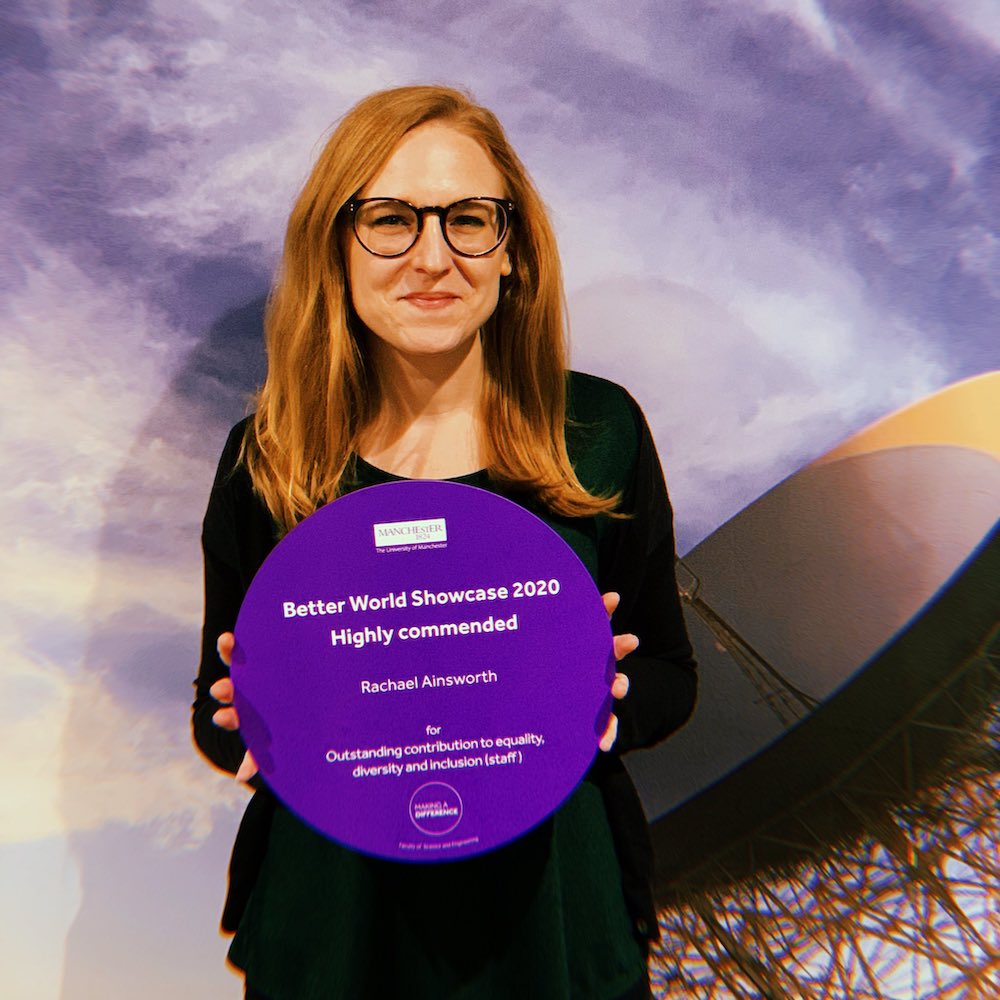 Name: Rachael Ainsworth
Name: Rachael Ainsworth
Bio: Rachael is the Research Software Community Manager for the Software Sustainability Institute, a member of the Square Kilometre Array Science Archive Working Group, and is based at the University of Manchester in the UK. She previously conducted astrophysical research on the radio properties of newly forming Sun-like stars using next-generation radio interferometers. She is passionate about openness, transparency, reproducibility, wellbeing, and inclusion in STEM, and delivered a TEDx talk on how openness can help fix a broken research culture.
Institute/Organization: Software Sustainability Institute, The University of Manchester
 Name: Michaël Dell'aiera
Name: Michaël Dell'aiera
Bio: Michaël is a PhD student at CNRS-LAPP and LISTIC engaged on the CTA project.
He is currently working at the edge of computer science and astronomy and aims to apply deep learning approaches to detect new gamma ray sources.
His expertise includes computer vision, signal processing and machine learning.
Institute/Organization: LAPP, CNRS, University Savoie Mont Blanc
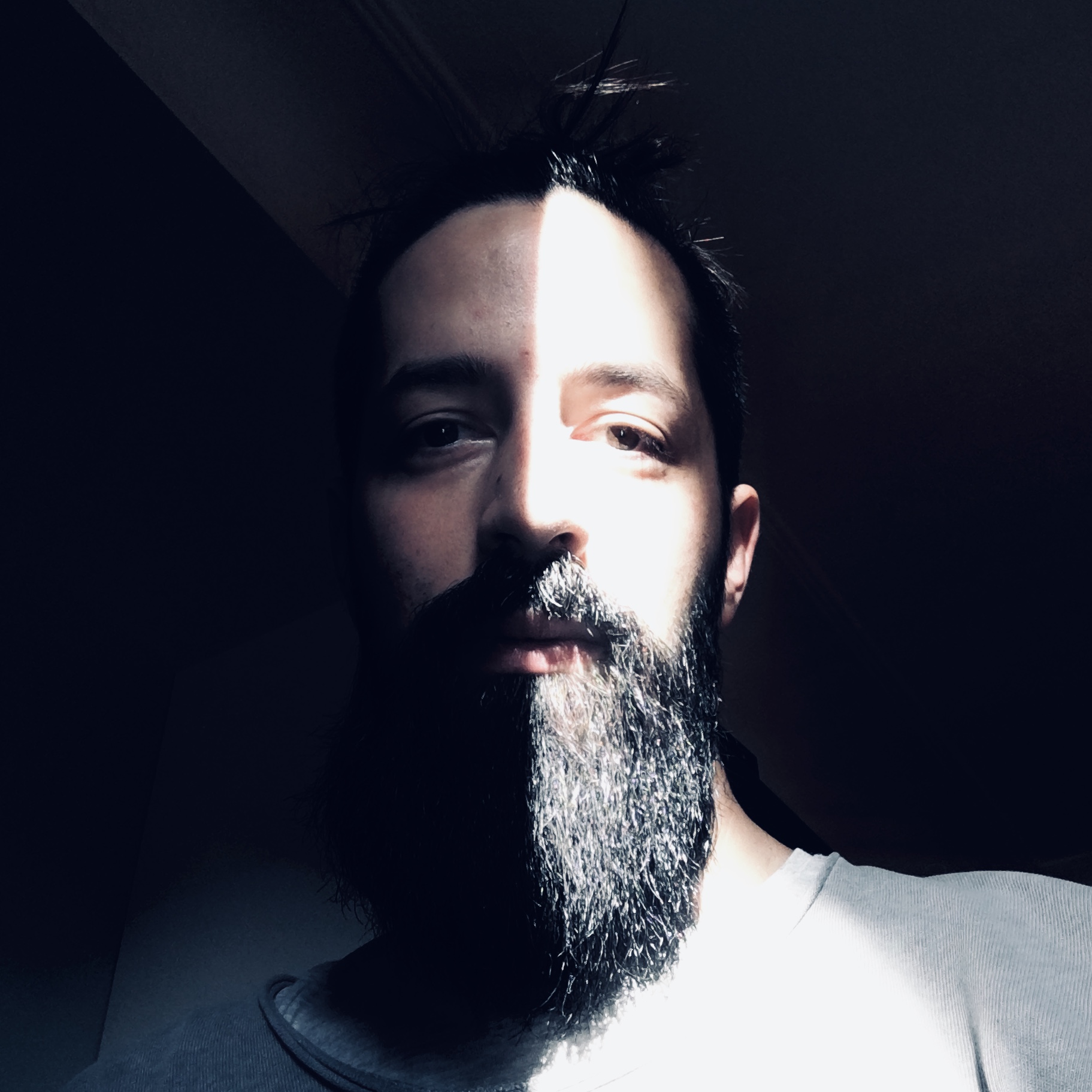 Name: Tamas Gal
Name: Tamas Gal
Bio: Tamas is an astroparticle physicist and sysadmin at the Erlangen Centre for Astroparticle Physics (ECAP). He is the main developer of several Python based frameworks and libraries used in the KM3NeT neutrino telescope experiment and also the author of the monitoring system of the KM3NeT detectors which is entirely written in Python and Julia. He works on real-time analysis and event reconstructions and takes care of the IT services and DevOps in KM3NeT. His favourite languages are Julia, Python and Haskell. You can find him on www.tamasgal.com and github.com/tamasgal
Institute/Organization: Erlangen Centre of Astroparticle Physics (ECAP)
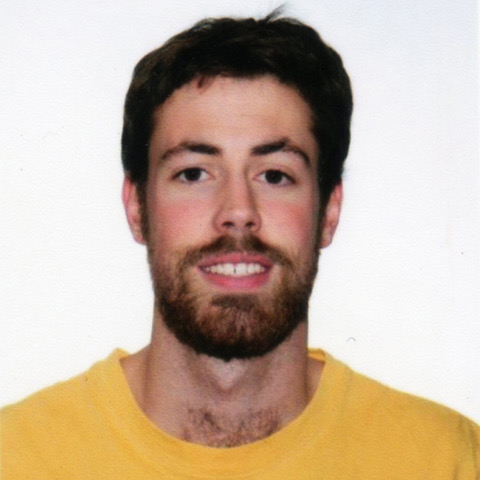 Name: Enrique Garcia
Name: Enrique Garcia
Bio: Enrique is a Data Scientist working at LAPP/CNRS for the European ESCAPE project and for the CTA and LST consortiums. He is currently implementing the Open-source Scientific Software and Service Repository (OSSR) for ESCAPE, and gives technical support in the development of the different data analysis chains that the LAPP group develops for the CTA collaboration.
Institute: LAPP, CNRS, University Savoie Mont Blanc.
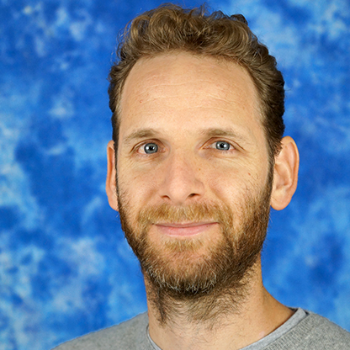 Name: Mikaël Jacquemont
Name: Mikaël Jacquemont
Bio: Mikaël is a data scientist working at CNRS-LAPP.
After a first career in the pharmaceutical industry, he obtained a PhD in computer science developing deep neural networks to solve astrophysics tasks. He currently supports companies in their transition towards artificial intelligence through the IDEFICS project. He also works on improving explainability of neural networks in the context of gamma astronomy.
Institute: LAPP, CNRS, University Savoie Mont Blanc.
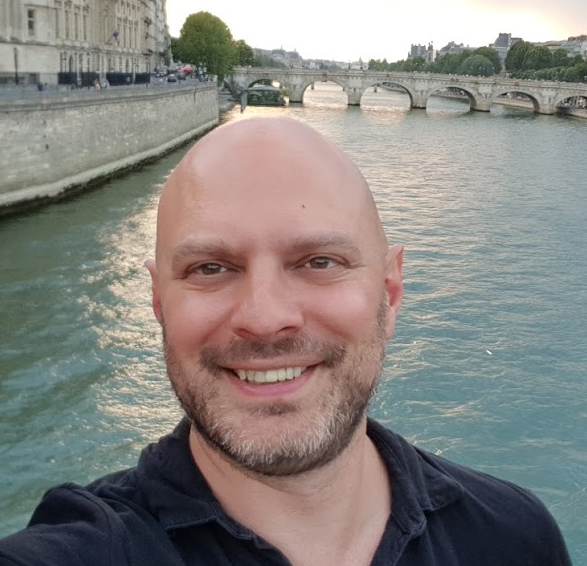 Name: Karl Kosack
Name: Karl Kosack
Bio: Karl is a astrophysicist at CEA Saclay who works in the field of VHE (very high energy) gamma ray astronomy using ground-based Imaging Atmospheric Cherenkov Telescopes. He is involved in the HESS and CTA projects, is the coordinator of Data Processing and Preservation for CTA, and is leading the development of the prototype CTA low-level reconstruction pipeline software ctapipe and protopipe. Karl will use his wide expertise in making mistakes in software development to lecture on best practices for debugging and profiling scientific code!
Institute: CEA Saclay
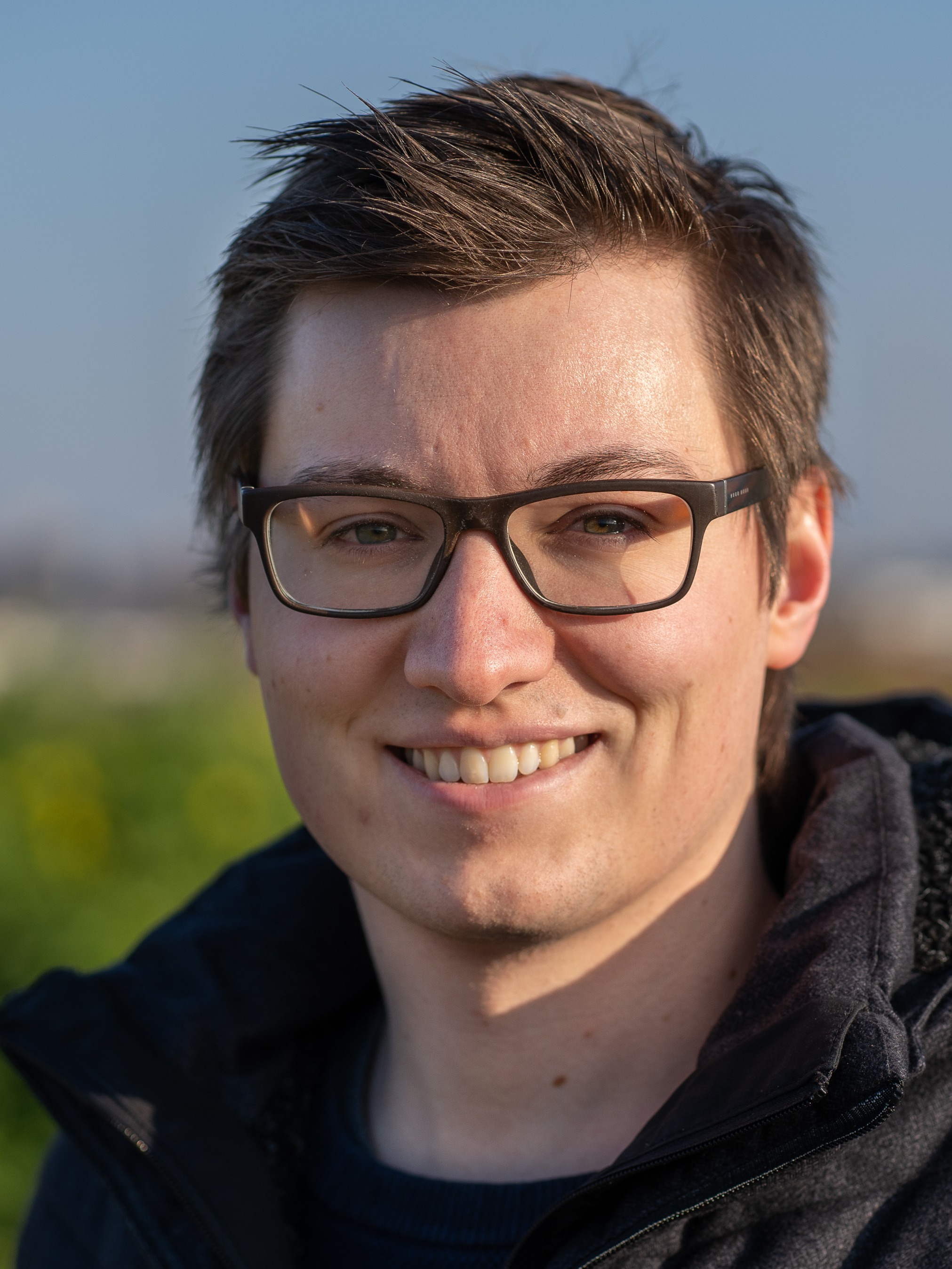 Name: Maximilian Nöthe
Name: Maximilian Nöthe
Bio: Max is a Post-Doc in gamma-ray astronomy and physicist/developer/data scientist from Germany with a passion for open science and software development. He mainly works on improving the data analysis process of the Cherenkov Telescope Array and is one of the core developers of ctapipe, the prototype event reconstruction pipeline for CTA. Max is lecturing the "Statistical Methods of Data Analysis" lecture and the "Toolbox-Workshop" in Dortmund, a workshop teaching undergrads the basics of programming, data analysis and good scientific practices using Python, git, unix, make and LaTeX.
Institute: Tu Dortmund University
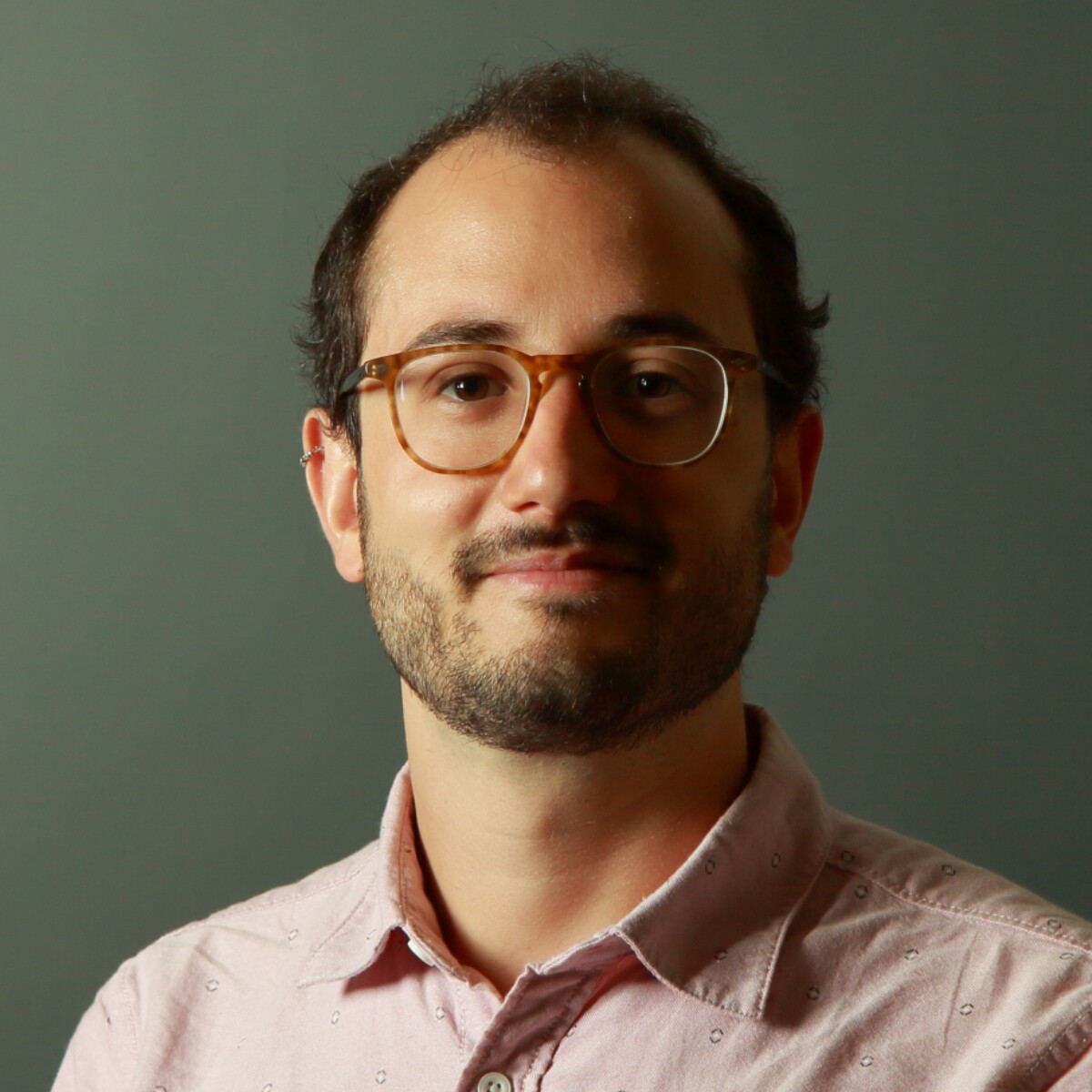 Name: Martino Sorbaro
Name: Martino Sorbaro
Bio: Martino Sorbaro is a postdoctoral fellow at the AI center of ETH Zurich. He obtained a MSc in physics at the university of Pavia, Italy, and a PhD in neuroinformatics at the university of Edinburgh, Scotland. His current work focuses on learning in spiking neural networks, both for theoretical research and technological applications, at the boundary between artificial intelligence and neuroscience.
Institute: ETH Zurich
Additional tutors (hands-on)
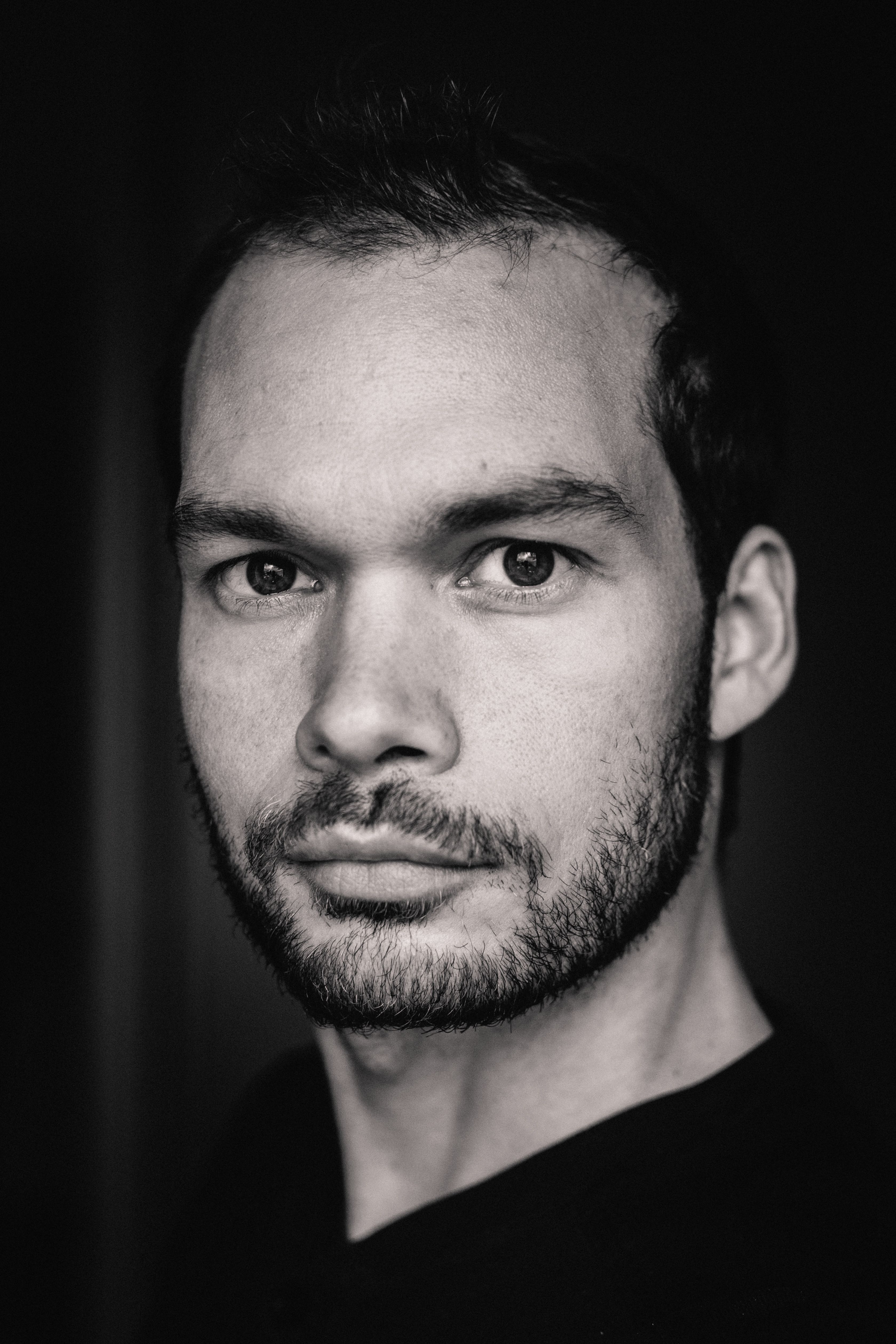 Name: Thomas Vuillaume
Name: Thomas Vuillaume
Bio: Thomas Vuillaume is an astrophysicist and data scientist working at CNRS-LAPP. He obtained his PhD in theoretical astrophysics developing numerical jet models and applying them to observational data before to turn to data analysis. He is an active member of the H.E.S.S. and CTA collaborations, working on the development of data analysis techniques and software for Imaging Atmospheric Cherenkov Telescopes. His expertise includes Python development, data science and machine learning.
Institute: LAPP, CNRS

